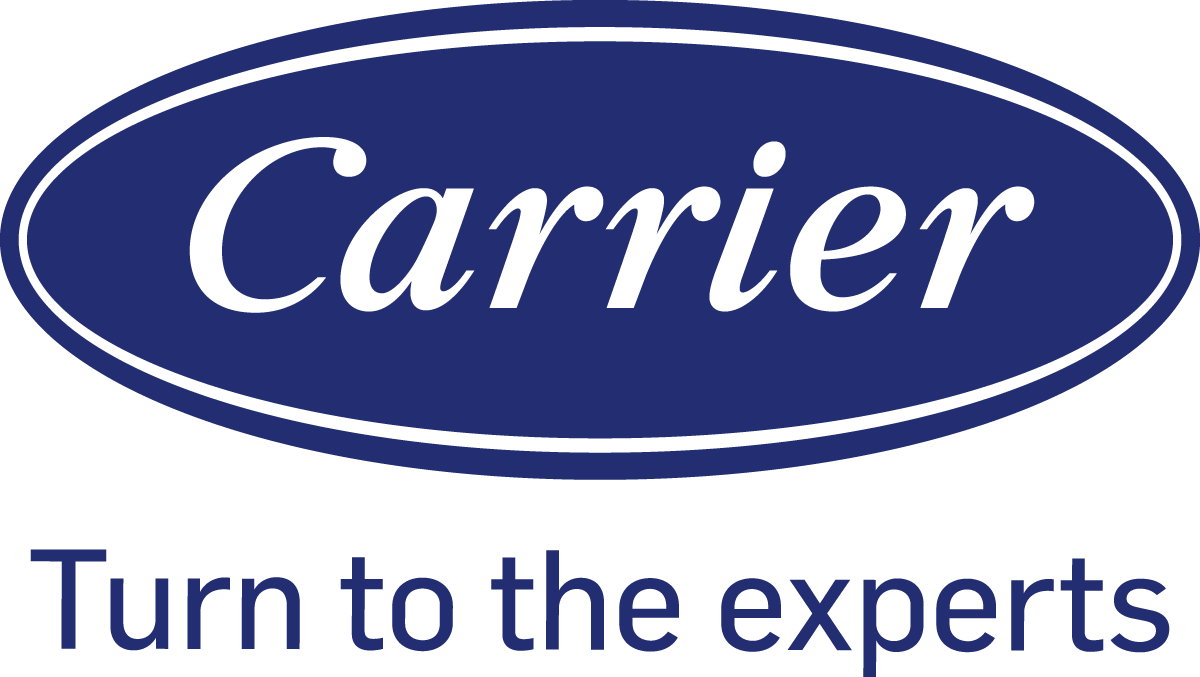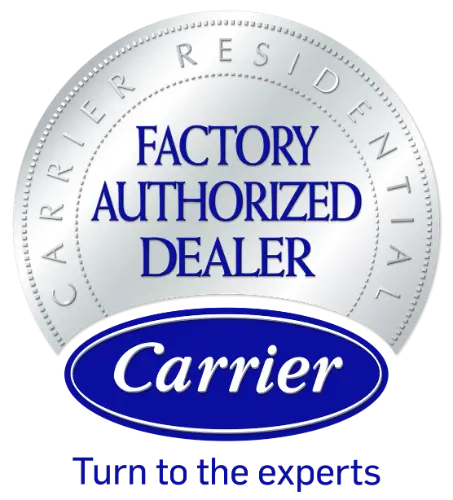How Frank Gay Commercial Is Revolutionizing HVAC/R Systems with AI
Automated Controls
Frank Gay Commercial’s automated controls in HVAC and refrigeration systems utilize advanced technology to regulate temperature, humidity, airflow, and other parameters automatically. These controls are designed to optimize system operation, improve energy efficiency, and enhance user comfort. Here are some commonly used automated controls:
- Thermostats: Thermostats are widely employed in HVAC systems to regulate temperature. Modern thermostats are equipped with programmable features, allowing users to set temperature schedules based on specific time periods or occupancy patterns. This enhances energy savings by adjusting the temperature when spaces are unoccupied.
- Sensors: Sensors play a vital role in automated control systems by monitoring various environmental factors. Temperature sensors, humidity sensors, occupancy sensors, and pressure sensors provide real-time data to adjust system operation accordingly. These sensors ensure precise control and enable energy-efficient operation.
- Variable Frequency Drives (VFDs): VFDs are utilized in HVAC systems to control the speed of motors, such as those in fans and pumps. By adjusting the motor speed based on demand, VFDs optimize energy consumption and improve system performance. VFDs also help minimize wear and tear on mechanical components, extending their lifespan.
- Building Automation Systems (BAS): BAS integrates multiple control functions within a building, including HVAC and refrigeration. It provides centralized monitoring and control, allowing for efficient operation, fault detection, and energy management. BAS often includes user-friendly interfaces for easy control and system optimization.
Manual Controls
While automated controls offer convenience and efficiency, manual controls remain relevant in certain applications. Manual controls allow for direct user intervention and adjustments. They are commonly found in smaller-scale systems or as backup options in case of automation failure. Here are some examples of manual controls:
- Thermostats and Switches: Traditional manual thermostats and switches allow users to directly adjust temperature settings or turn systems on and off. These controls are straightforward to use and do not require complex programming or technological integration.
- Valves and Dampers: Manual valves and dampers are used to control the flow of refrigerant or air in HVAC and refrigeration systems. By adjusting these components manually, users can regulate system operation based on specific requirements or conditions.
- Pressure and Temperature Gauges: These gauges provide visual feedback on system parameters such as pressure and temperature. Operators can refer to these readings to make manual adjustments and ensure optimal system performance.
Key Benefits and Differences
Automated controls offer several benefits compared to manual controls in HVAC and refrigeration systems. They provide more precise and consistent control, leading to improved energy efficiency and reduced operational costs. Automated controls also enable system monitoring and diagnostics, allowing for proactive maintenance and timely issue resolution. Additionally, automated controls can be integrated with smart home technologies, enabling remote access and control.
On the other hand, manual controls have their advantages. They are often more affordable and simpler to install and operate. In situations where user preferences or conditions change frequently, manual controls offer the flexibility to make immediate adjustments without relying on preset programming or automated algorithms.
Frank Gay Commercial offers HVAC and refrigeration controls, both automated and manual options are available. Automated controls offer enhanced efficiency, precision, and monitoring capabilities, while manual controls provide simplicity and direct user intervention. The choice between automated and manual controls depends on factors such as system size, complexity, budget, and specific user requirements.










